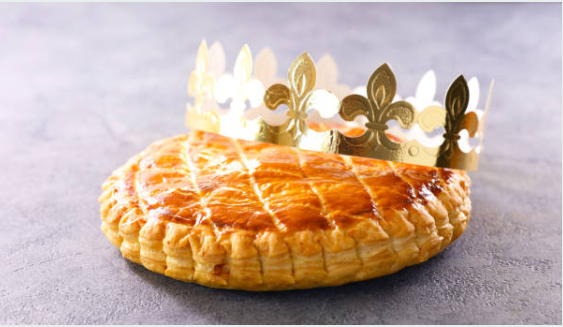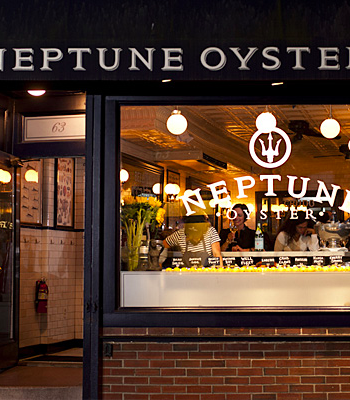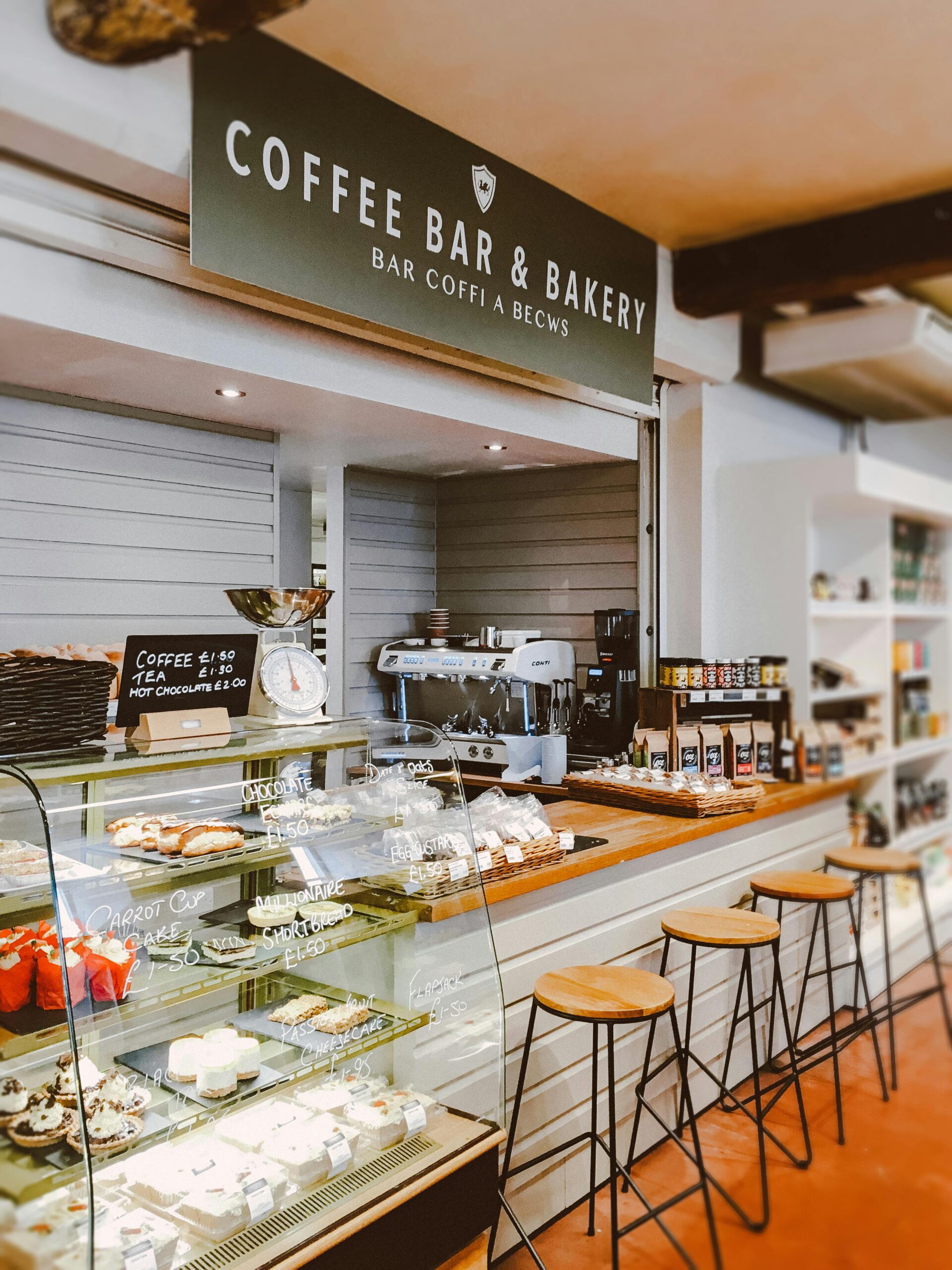The galette des rois, a quintessential Epiphany pastry, holds a special place in the hearts and kitchens of the French. A symbol of sharing, togetherness, and indulgence, it represents a centuries-old tradition that blends religion, history, and gastronomy. Let’s explore the origins of this delightful custom, its variations, and where to find the best galettes des rois. The French galette des rois is a tradition tied to the Epiphany on January 6. This tradition is distinct from the king cake tradition celebrated during Mardi Gras in the United States.
The Origins of the King Cake
The galette des rois has its roots in a pagan celebration long before Christianity: the Roman Saturnalia. This festival, held in honor of Saturn, the god of agriculture, took place around the winter solstice. Social roles were reversed, and a “king” was chosen by hiding a bean in a cake. This custom symbolized a temporary sense of equality among all social classes—a refreshing break before returning to the established hierarchy.
With the rise of Christianity, this tradition became part of the Epiphany celebration, observed on January 6. This date commemorates the visit of the Magi—Caspar, Melchior, and Balthazar—who brought gifts to the baby Jesus. The galette became a festive way to mark this religious event, with the hidden bean as a central element of its symbolism.
The Many Faces of the Galette
Today, the galette des rois comes in various forms, catering to different regional and personal tastes:
- The Frangipane Galette
This is the most popular version, especially in northern France. It features flaky puff pastry filled with almond cream—a rich and delicious combination. Find recipe here - The Brioche Crown
In southern France, the galette takes the form of a soft brioche, often studded with candied fruits and sometimes flavored with orange blossom water. It resembles a royal crown in appearance. - Modern Creations
Pastry chefs now experiment with creative takes on the galette. Variations include chocolate, caramel, exotic fruits, or pistachio, designed to captivate even the most discerning palates.
The Tradition of the Fève
The fève (bean) is an essential part of the king cake ritual. Originally a literal bean, it was eventually replaced by porcelain figurines. Collecting these tiny trinkets, known as “fabophilia,” has become a cherished hobby for many enthusiasts.
When the galette is served, whoever finds the fève in their slice is crowned “king” or “queen” for the day and proudly wears a paper crown. Traditionally, a child hides under the table to randomly assign slices, ensuring fairness and fun in the process.
Where to Find the Best King Cakes
King cakes are a staple in French bakeries starting in late December. Some establishments stand out for their craftsmanship and creativity. Here are a few top picks:
- Pierre Hermé (Paris)
This renowned pastry chef reimagines the galette each year with subtle flavors and impeccable aesthetics. Try his hazelnut praline version for a unique experience. - Ladurée (Paris and Other Cities)
Famous for its macarons, Ladurée also offers elegant and refined galettes, perfect for fans of high-end pastries.
A Worldwide Pastry
Though distinctly French, the tradition of the king cake has traveled far. In Spain, Epiphany is celebrated with the “Roscón de Reyes,” a brioche-like crown similar to southern France’s version. In Portugal, there’s the “Bolo Rei.” Even in Louisiana, USA, the “King Cake” is a Mardi Gras staple, decorated in vibrant purple, green, and gold.
It’s important to note that the galette des rois described in this article is distinct from the king cake tradition celebrated during Mardi Gras in the United States.
- The galette des rois, enjoyed in France, is typically linked to Epiphany on January 6 and is made with puff pastry and frangipane (almond cream filling).
- In contrast, the U.S. king cake is a ring-shaped, brioche-like pastry, often brightly decorated in purple, green, and gold, and is associated with the Carnival season leading up to Mardi Gras.
- While both cakes share a tradition of hiding a token (a fève or a small baby figurine), their cultural significance, timing, and flavors are unique to their respective celebrations.
These two cakes, though similarly named, reflect the rich diversity of customs that celebrate community, festivity, and heritage.
How to Enjoy It
The galette des rois is best enjoyed warm, paired with a glass of dry cider—a Norman and Breton tradition that has become widespread. Alternatively, a cup of tea or coffee complements it perfectly. Sharing a galette is more than just indulging in a sweet treat; it’s a celebration of an ancient tradition that brings people together around the table.
In Conclusion
The galette des rois is more than just a dessert. It’s an annual ritual, a celebration of community, and a chance to carry on age-old customs. Whether puff pastry, brioche, or a modern twist, each bite is a tribute to history and artisanal craftsmanship. So, whether you’re in Paris, the provinces, or abroad, take the time to enjoy this timeless treat—and maybe become king or queen for a day if you find the fève!
Bon appétit and happy Epiphany!





